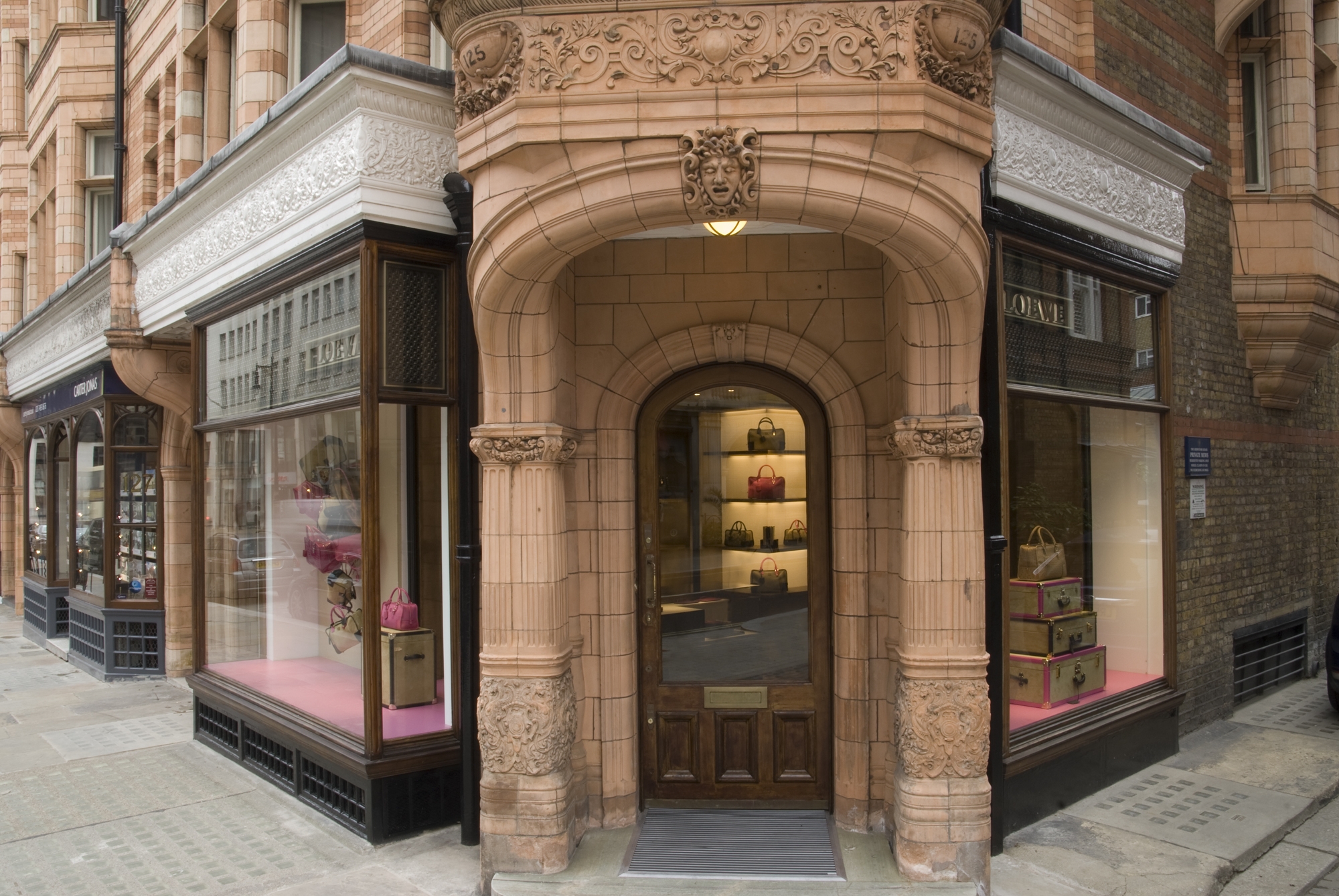1) The Latin word meaning
'coming' gave us what term which still refers to the coming Christmas period?
ADVENT means coming or arrival
2) In which European
language does 'Nadolig Llawen' mean Merry Christmas? WELSH
3) Who composed the
Lieutenant Kijé orchestral suite, part of which is a familiar piece of Christmas
music? PROKOFIEV
You can here it here
4) In which fictional place
was it always winter but never Christmas? NARNIA from C S Lewis's The Lion, The Witch and The Wardrobe
5) In which continent did turkeys originate.....? (In the UK we don't
celebrate Thanksgiving but, traditionally, eat turkey at Christmas.) NORTH
AMERICA, the US and Mexico.
6).....and why are turkeys so-called? Because they were first
brought to Europe by Turkish merchant ships (and were thought to have come from
India).
Well done to those who got them (even by 'research'!)
And here as promised is the new question:
In the lyrics of Elvis Presley's song Blue Christmas there are three other colours mentioned. What are they? If it's too much for your brain listen here












